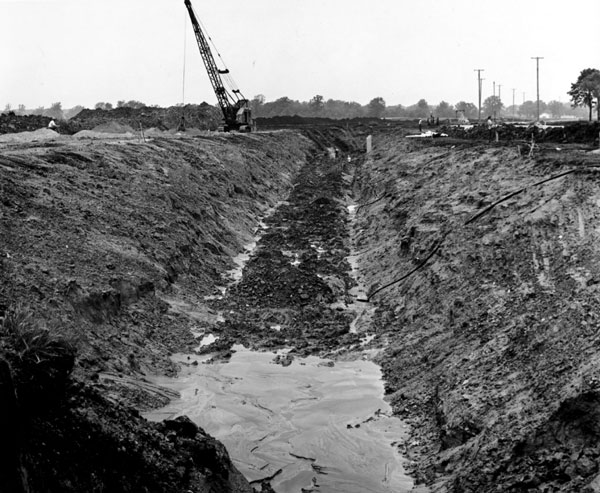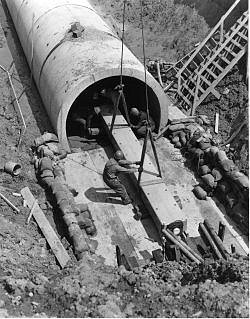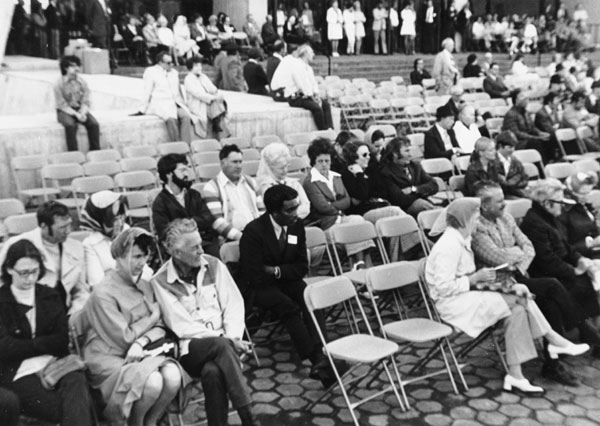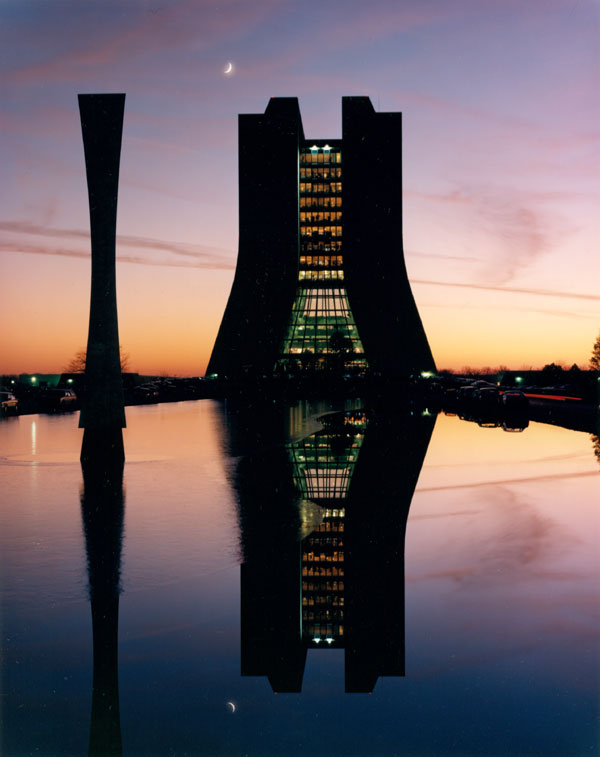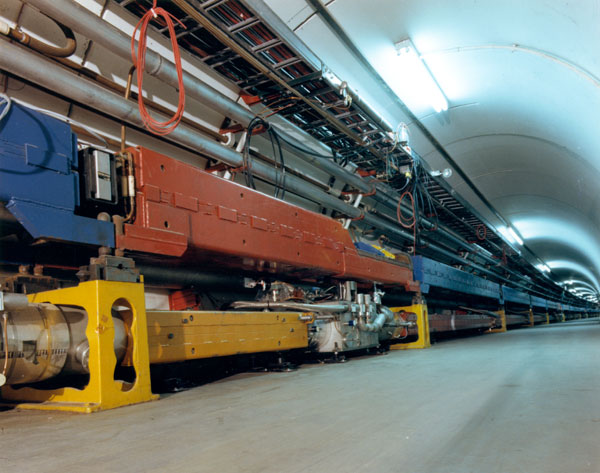The Wilson Era
II. The Wilson Era
By late 1966 Weston, Illinois had been selected as the site for the new National Accelerator Laboratory. Robert R. Wilson from Cornell University was appointed by URA in 1967 as the first Director of the National Accelerator Laboratory (NAL).
The first offices were established in an Oak Brook office building while the site was prepared for the incoming physicists and engineers. Edwin Goldwasser from the University of Illinois became Wilson's Deputy Director. Harvard Professor Norman Ramsey, President of URA, provided strong support during the organization and design of the Laboratory.
The Village of Weston houses were converted to offices once the Laboratory moved west to develop the accelerator and the site. Native American names were given to the streets in the new village, preserving this legacy in our history.
Groundbreaking for the first stage of acceleration, the Linear Accelerator, was held on December 1, 1968.
The Main Ring accelerator was constructed from 1969 until 1971.
The design energy of 200 GeV was reached in March 1972 and this success was celebrated by the entire NAL staff in the basement of Wilson Hall, then under construction. They had done the job faster and for less money than anyone had thought possible.
As the research areas developed, it was vital to preserve the aesthetics and natural beauty of the site. The Big Woods were carefully protected and an annual Arbor Day celebration was initiated to cultivate the green spaces of the Laboratory. Many of the original farmhouses dotting the landscape of the 6800 acre site were preserved and gathered adjacent to the Weston houses to provide housing for visiting scientists. A herd of North American Bison also came to reside at NAL in 1969. Restoration of the native prairie began in 1971.
During the early 1970's the three beamlines delivering protons from the accelerator to the Fixed Target Experimental Areas of the Laboratory -- the Meson Area, Neutrino Area and Proton Area -- were constructed while the research experiments for those areas were proposed to the administration. "Users" came to the NAL from many nations to explore the frontiers of physics at the highest energy accelerator in the world. Pushing even further into the frontier, the Main Ring attained 400 GeV in December, 1972 and then ran briefly at 500 GeV in May, 1976.
One of the aspects of the research program that Wilson hoped to nurture was the medical application of beam therapy in the treatment of cancer. Neutron beams from the Linac have been used for this purpose since 1976.
Our identity has been "Fermilab" since May 1974, when the Laboratory was dedicated and renamed Fermi National Accelerator Laboratory in honor of the internationally renowned Italian physicist Enrico Fermi. He had achieved the first self-sustained nuclear chain reaction at the University of Chicago in 1942. Mrs. Laura Fermi, widow of Enrico, participated in the Dedication Ceremony held on the steps of the newly constructed "High Rise" - now called Robert Rathbun Wilson Hall.
The award-winning design of Wilson Hall, often compared with the cathedrals of France, was a collaborative effort with Wilson himself the leader of the architecture team.
The search for new particles using the accelerator at Fermilab produced a major discovery in the summer of 1977 when the first evidence for the bottom quark was observed. The experiment was conducted in the Proton Area by a collaborative team of 17 physicists from three institutions, led by Leon Lederman from Columbia University.
The need to reap the most significant physics results during the difficult economic times of the 1970's provided the foundation for Fermilab's next frontier, the Energy Doubler/Saver. Wilson had first proposed the idea of an Energy Doubler to the Joint Committee on Atomic Energy in 1971. Making use of the innovative and cost-saving technology of superconductivity, a ring of superconducting magnets added to the Main Ring was frequently proposed to double the energy of the complex of Fermilab's accelerators. Approval finally came in 1979.
Meanwhile, physicists and engineers were working to create and invent the necessary provisions for future expeditions into the unknown of high energy physics because neither the technology or materials existed anywhere at that time. The superconducting cable used in the Doubler magnets, as well as the process providing successful maintenance of superconducting temperatures allowing delivery of doubled energy through these magnets, were all invented at Fermilab. The superconducting magnets were installed below the Main Ring by March, 1983.

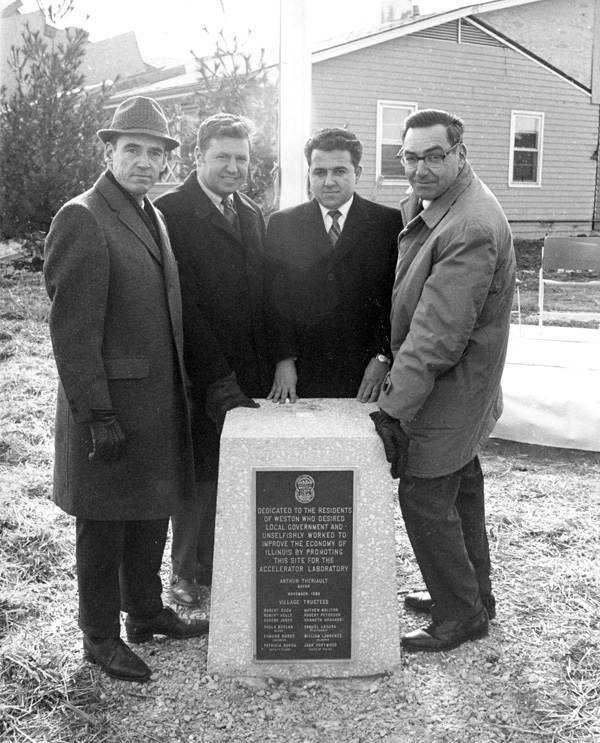














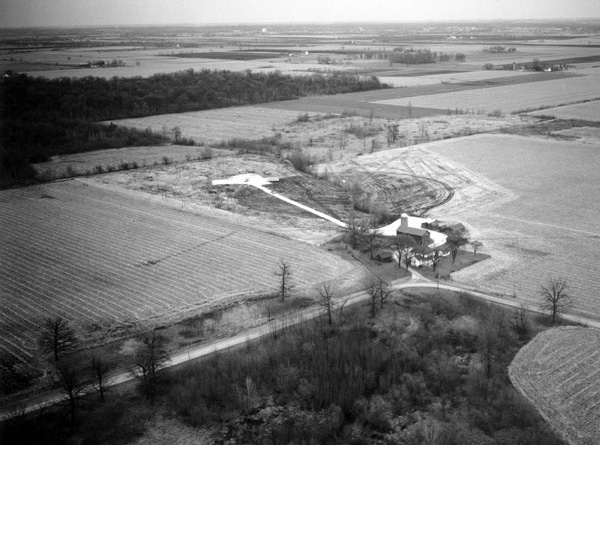










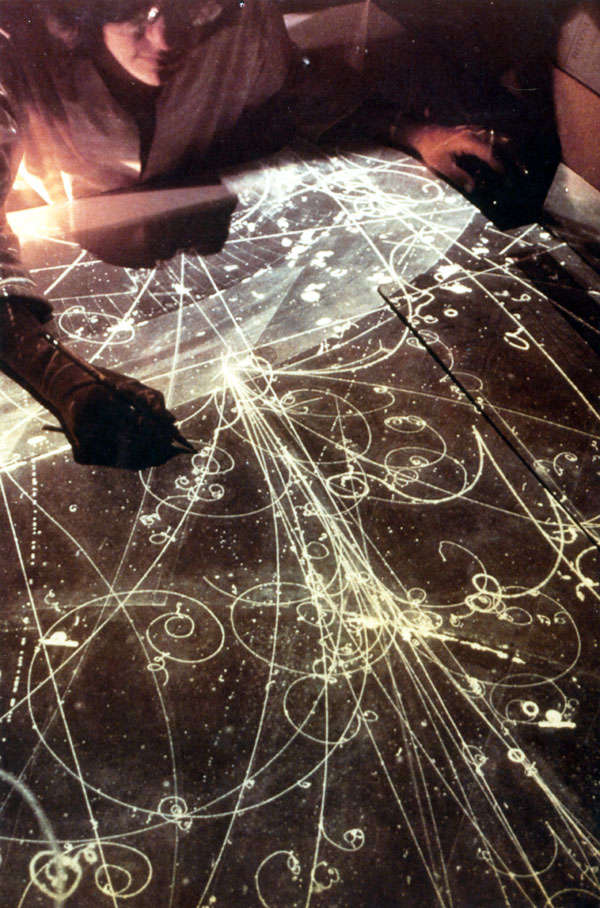

NEXT: III. Transition










